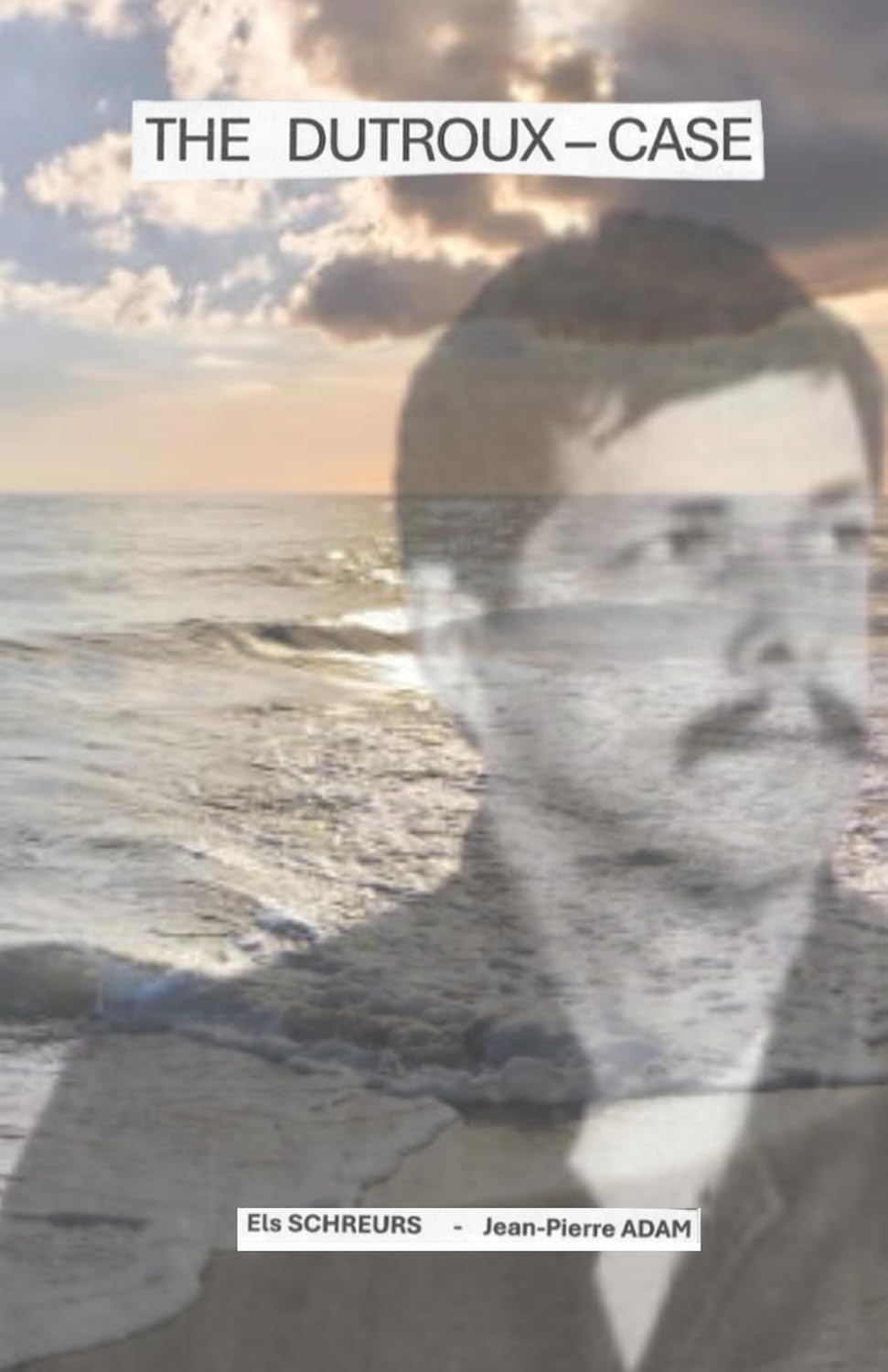Could the lives of innocent young girls have been saved? No doubt!
Are there more victims, non-identified? Probably!
On Saturday afternoon, 24th June 1995, two little girls disappeared in Grâce-Hollogne, a town near the city of Liège. Two months later, in the early hours of 23rd August 1995, two teenagers vanished from Ostend, a city on the Belgian coast. In spring 1996, on 28th May, a twelve-year-old girl cycled to school in the morning, but she never arrived there. She too disappeared without leaving any trace. On Friday evening, 9th August 1996, a fourteen-year-old girl did not return home from a meeting with friends at the local swimming pool in the little town of Bertrix.
Their names: Julie, Mélissa, Eefje, An, Sabine, and Laetitia.
In four judicial districts, an investigation was set up. The last one, led by the Neufchâteau King’s Prosecutor Michel Bourlet, resulted in the arrest of Dutroux, Martin, and Lelièvre on August 13th, 1996. A few days later, on August 15th, Sabine and Laetitia were found alive in the cellar of one of Dutroux’s houses. Two days later, the bodies of Julie and Mélissa were found. It was not until September 3rd, 1996, that the bodies of An and Eefje were recovered. Right from the start, it became clear to the Neufchâteau detectives that several important leads of inquiry had been ignored.
The investigation took several years and ended in September 2002.
The end of the investigation did not mean that the truth had been revealed; quite the contrary. The victims’ families were not given answers to the most crucial questions. Who abducted Julie and Mélissa? Who took their lives? Who assassinated An and Eefje? Why? Where?
These questions remain unanswered to this day.


